| MENU |
|---|
| HOME |
| VISIT MONTENEGRO |
| ABOUT MONTENEGRO |
|
|
| CLIMATE & WEATHER |
| GASTRONOMY —» |
| LEISURE & FUN —» |
| ACCOMMODATION —» |
| TRANSFERS |
| CRUISING |
| EXCURSIONS —» |

Tel: + 382 78 119 110
Cell. + 382 67 733 177
E-mail: info@adrialine.me
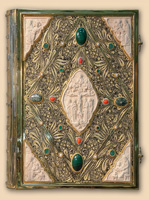
| MENU |
|---|
| HOME |
| VISIT MONTENEGRO |
| ABOUT MONTENEGRO |
|
|
| CLIMATE & WEATHER |
| GASTRONOMY —» |
| LEISURE & FUN —» |
| ACCOMMODATION —» |
| TRANSFERS |
| CRUISING |
| EXCURSIONS —» |

Tel: + 382 78 119 110
Cell. + 382 67 733 177
E-mail: info@adrialine.me

Monastery of Cetinje
The Monastery of Cetinje was built at the beginning of the 12th century on the foundations of the old palace of the Crnojevic dynasty. Ivan Crnojevic moved the ruler seat from to Obod most likely already in 1475 (Rijecki grad - River Town). There he ruled for some six years.
Retreating from the Turkish conquest, he moved his seat from Obod to Cetinjsko Polje, and in the hidden valley in the foot of Lovcen first builds the palace (in 1482) and then the monastery, as he had vowed a year ago in front of the Icon of Our Lady in her temple in Loreto.
Monastery with the church of Our Lady was finished until August 1484, allowing the duke to place stone inscription: ”V ime Roždestva ti presveta Bogorodice, sazidah si sveti hram tvoj v leto 6992 (1483/84)”. Next year, ruler Ivan Crnojevic issued a charter, written on a parchment, and with it gifted it many goods. Then he moved the residence of Montenegrin metropolitan bishop from island Vranjina here.
Since then, the monastery of Cetinje has been the seat of Montenegrin bishops, church and political rulers of the country, but the target of ottoman attacks as well. It kept its original form until 1692. Following the tradition of Crnojevic dynasty, bishop Danilo built a new monastery in 1701 at the place where the palace of Crnojevic dynasty used to be. In XVIII century, after the breach of the Turks, the monastery was demolished and restored.
In the monastery there are valuable exhibits from the medieval period: Sava Nemanjic’s epitrahil (stole), the crown of Stefan Decanski, the Balsic dynasty’s church flag and the seal and sceptre that belonged to Ivan Crnojevic.
There are also collections of valuable icons and medieval manuscripts written on parchment or on paper, as well as many rare books. Among these is the “Oktoih” printed in 1493/94 in the first Cyrillic printing house that belonged to Ivan Crnojevic.
This monastery keeps the hand of Saint john Baptist and the particle of holy cross. It also keeps relics of Sveti Petar Cetinjski, as well as Oktoih, the book printed in 1494.
According to Christian tradition, John the Baptist was a preacher who baptised Christ in the River Jordan, on whose banks he came to preach and prepare people for the Saviour’s coming. On Herod’s orders, he was imprisoned, his head was cut off and his body was buried in Sevastia.
The destiny of this Christian relic was marked by historical events. After 9 centuries it was brought to Jerusalem from Antioch, then to Constantinople, Rhodes and to Malta. Knights of the Maltese Order gave it to the Russian Tsar Pavel I together with a part of the Holy Cross of Christ and the icon of Our Lady of Philerme. It was then put in the tsar’s residence in Gatchina and later brought to the church of the Winter Palace in St. Petersburg.
According to available sources, after the revolution in 1917, the relics were taken out of Russia. Maria Fyodorovna, mother of the last Russian Emperor Nikolai Romanov, kept the relics until her death. After her death, her daughters gave the relics to Russian Metropolitan Antonije (Hrapovicky). The Metropolitan placed the relics in the Orthodox temple in Berlin and then he moved them to Serbia (Sremski Karlovci) and entrusted King Aleksandar Karadjordjević with the relics.
The relics were preserved in the Temple of St. Andrija Prvozvani beside the Bijeli dvor in Dedinje (Belgrade). At the beginning of World War II, King Petar II presented them to the Ostrog Monastery. An archimandrite hid them and the relics remained there until 1952. The state authorities found the relics in 1978 and delivered the hand of St. John the Baptist to Cetinje Monastery, while the icon was entrusted to the Cetinje National Museum.

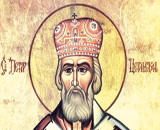
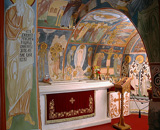
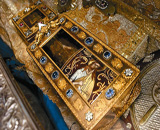
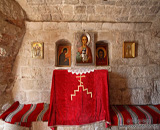
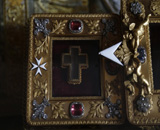

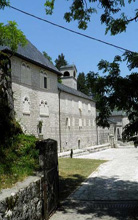
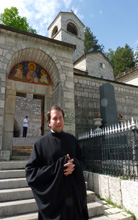

|
|
||||||||||||||||||||||||||||||
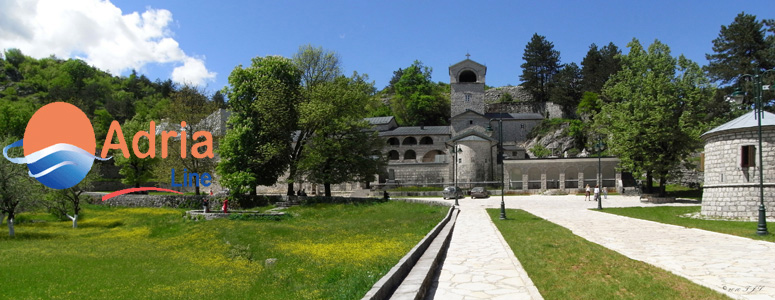 |
||||||||||||||||||||||||||||||
|
|
|
|
|
|
|
|
||||||||||||||||||||||||
|
|
||||||||||||||||||||||||||||||
|
|
||||||||||||||||||||||||||||||
|
|
|
|
||||||||||||||||||||||||||||
|
|
||||||||||||||||||||||||||||||
| HOME | ABOUT US | SERVICES | DESTINATIONS | TRANSPORT| CONTACTS Copyright © Adria Line DMC 2016 |www.adria.travel |
||||||||||||||||||||||||||||||